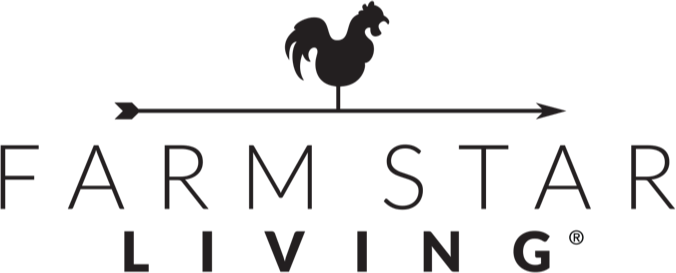
Health Benefits:
Aids in digestion
Anti inflammatory
Combats fatigue
Fights free radicals
Improves hair skin and nails
May reduce cholesterol
May regulate blood sugar
Pain reliever
Reduces risk of breast cancer
Reduces risk of colon cancer
Reduces risk of prostate cancer
Relieves constipation
Nutrition:
Serving size: 1 tbsp whole; Calories: 55; Fat: 4.3g; Cholesterol: 0mg; Sodium: 3mg; Carbs: 3g; Fiber: 2.8g; Sugars: .2g; Protein: 1.9g; Potassium: 2%DV; Vitamin A: 0%DV; Vitamin C: 0%DV; Calcium: 2%DV; Iron: 3%DV 1 Tbsp ground; Calories: 37; Fat: 3.9; Cholesterol: 0mg; Sodium: 0mg; Carbs: 2g; Fiber: 1.8g; Sugars: .1g; Protein: 1.8g; Potassium: 1%DV; Vitamin A: 0%DV; Vitamin C: 0%DV; Calcium: 2%DV; Iron: 2%DV
Did You Know?
- Flaxseed is very rich in omega-3 fatty acids, alpha linolenic acid (ALA). Do not contain EPA or DHA found in fish
- Excellent source of lignans
- In the 8th century, Charlemagne believed in the health benefits of flax so strongly, that he passed laws requiring his subjects to eat it!
- Canada has a Flax Council
- Start intake slow and build up to prevent bloating
- Grind using a coffee grinder otherwise the seeds pass through our bodies
Ways to Eat:
- In cereal
- In bread or muffin recipes
- With vegetables
Farming Trivia:
- Flax has been cultivated in Babylon as early as 3000 BCE.
- The United States is one of the top ten producers of flaxseed in the world.
- There are two ways to harvest flax: using combines, or doing it by hand.
Note: Always consult a physician for any specific health questions and concerns. Some of this information may be subject to change should there be any new findings from Federal Health Administration (FHA), Food & Drug Administration (FDA), American Medical Association (AMA), American Cancer Society (ACS), and / or other leading food, nutrition and medical advisors.

